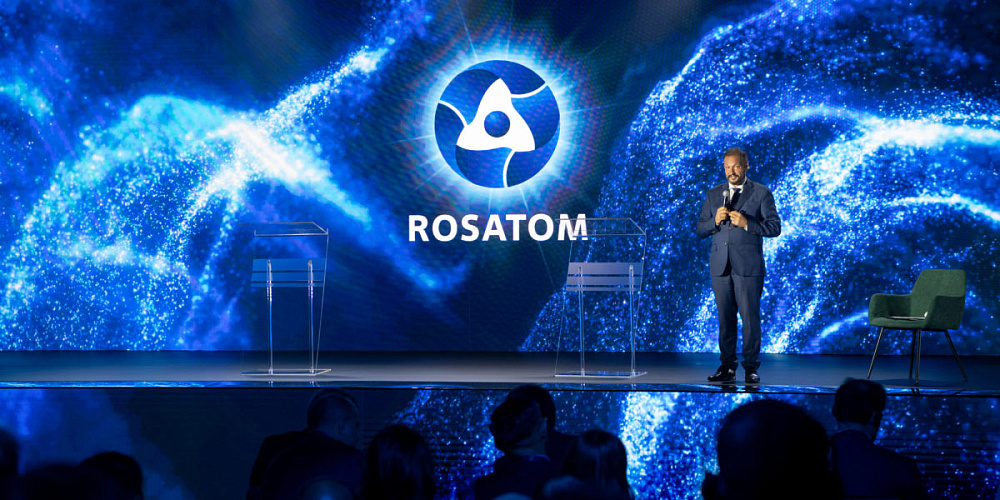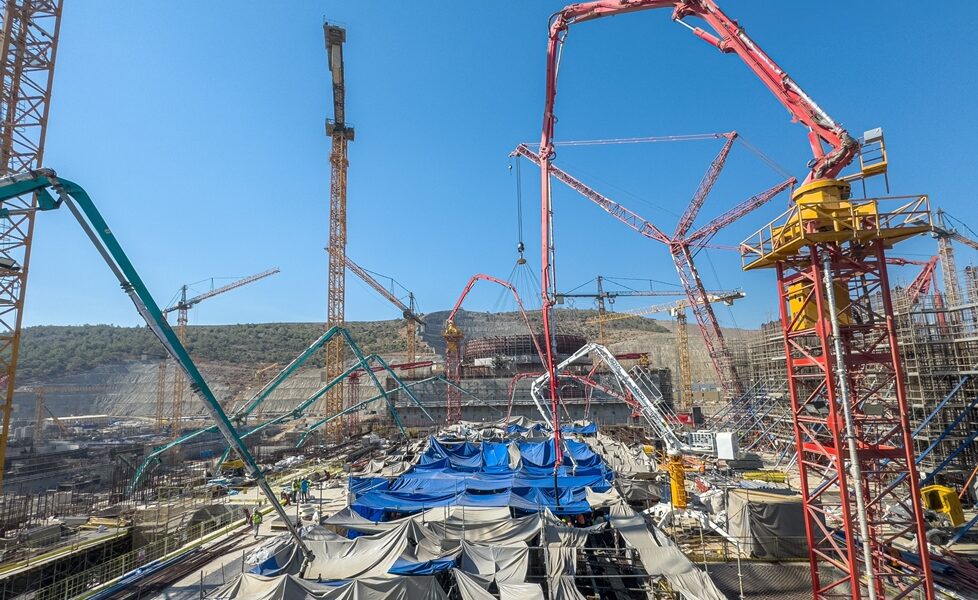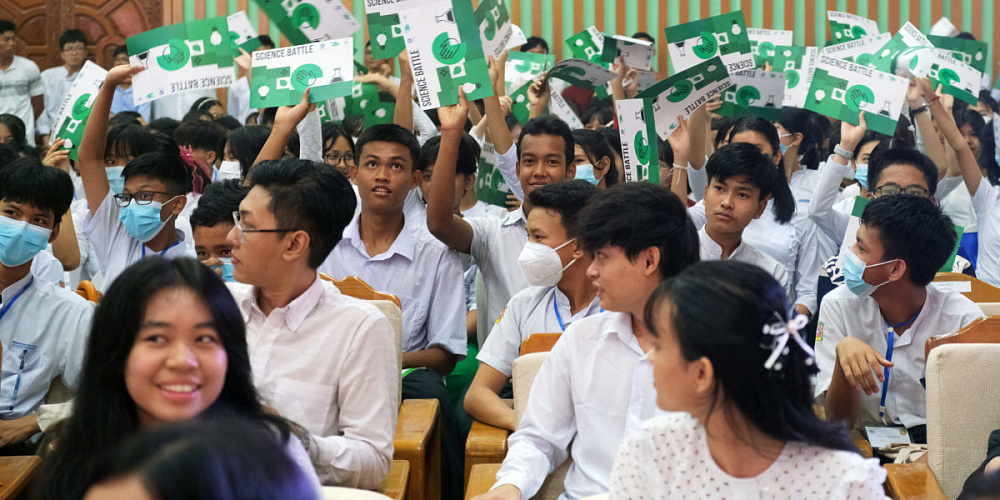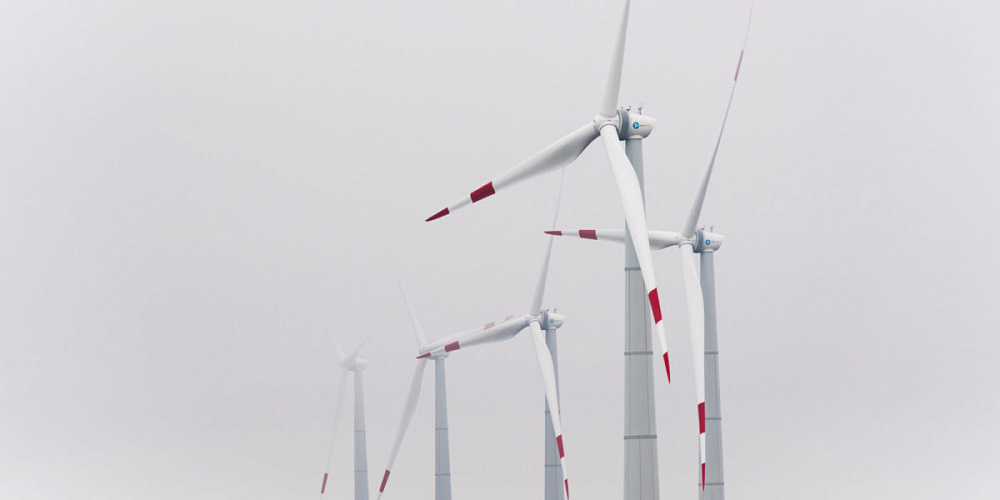On the 26th of September 2025 Rosatom State Corporation and the Atomic Energy Agency under the Cabinet of Ministers of the Republic of Uzbekistan (Uzatom) signed documents on expanding cooperation between Rosatom State Corporation and the Atomic Energy Agency under the Cabinet of Ministers of the Republic of Uzbekistan (Uzatom) at the World Atomic Week (WAW 2025) international forum in Moscow.
The signing ceremony was attended by Andrey Rozhdestvin, General Director of Rosatom Energy International
A supplement to the Agreement on Key Terms for Project Implementation paves the way for a contract on a new NPP configuration in Uzbekistan. The parties agreed that the project will feature two large-capacity Gen 3+ VVER-1000 power units and two units based on the RITM-200N reactor design, each with a 55 MW capacity. These documents formalize the understanding reached on the sidelines of the St. Petersburg International Economic Forum on June 20. The parties also signed the key terms for fuel supply contracts for both the small modular and large-capacity plants. These agreements lay the groundwork for the comprehensive implementation of an integrated nuclear facility on a single site. The project's parameters reflect the parties' commitment to ensuring the technological compatibility and reliability of the future power generation assets.
"In the very heart of Uzbekistan, in the Jizzakh region, we are creating an unprecedented energy project. By becoming pioneers in the development of Central Asia's nuclear energy, we are not just building the first station in the region – we are the first to create an innovative solution for the future. Our project is a bold combination of advanced small modular reactor technologies and the time-tested solutions of traditional high-capacity nuclear power," noted Azim Akhmedkhajaev, Director of Uzatom.
The parties also signed the key terms of contracts for fuel supply for both the low- and high-capacity nuclear power plants. The agreements reached form the basis for the comprehensive implementation of the integrated nuclear power plant project on a single site. The project parameters reflect the parties' intention to ensure technological compatibility and reliability of the future power generation.
On May 27, 2024, during Russian President Vladimir Putin’s state visit to Uzbekistan, a protocol was signed in the presence of the Russian and Uzbek heads of state to amend the intergovernmental agreement on cooperation between the two countries in the construction of a nuclear power plant in Uzbekistan. The purpose of these amendments is to expand cooperation for the construction of a small modular reactor (SMR) facility in Uzbekistan based on a Russian design. Following this, a contract was signed on the sidelines of the event between Atomstroyexport (the engineering division of Rosatom State Corporation) and the Directorate for Nuclear Power Plant Construction under the Atomic Energy Agency under the Cabinet of Ministers of the Republic of Uzbekistan (Uzatom), for the construction of a SMR power plant in Uzbekistan. The project involved the construction of a 330 MW SMR facility in the Jizzakh region of Uzbekistan based on a Russian design: six reactors with a capacity of 55 MW each.
On June 20, 2025, on the sidelines of the St. Petersburg International Economic Forum, Rosatom and Uzatom signed an agreement to explore opportunities for building a high-capacity nuclear power plant in Uzbekistan, which will include modern VVER-1000 reactors.
The VVER-1000 reactor design, created by Russian engineers, is being successfully implemented in a number of foreign countries. In particular, the four commissioned power units of the Tianwan NPP in China have consistently been ranked among the world’s safest based on a number of indicators, while the first two power units of the Kudankulam NPP in India have already supplied 100 billion kWh of electricity to the country’s power grid, demonstrating performance that exceeds design specifications.
On May 13, 2025, Rosatom’s Mechanical Engineering Division began manufacturing reactor equipment for the SMR facility in Uzbekistan: a 205-ton ingot of special alloy steel was cast, which will be used to create the reactor vessel for the future RITM-200 reactor.




